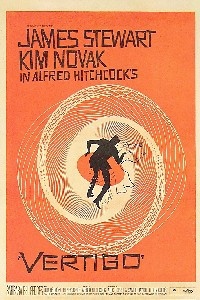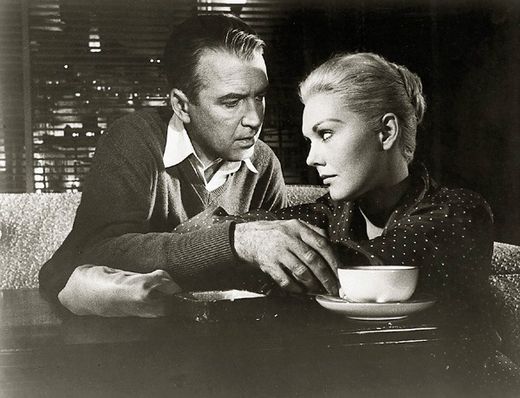 I grew up in the East Bay of the San Francisco Bay Area, which makes me an Oakland A’s fan. When I was young Al Davis’s folly was still in effect and the Raiders played down in Los Angeles. This was the heyday of Joe Montana, Ronnie Lott and the advent of Bill Walsh’s West Coast offense which at the time confused the Hell out of suddenly dated defenses around the NFL. All of which makes me a rare though totally legit fan of both the Oakland A’s and the San Francisco 49ers, neither of which have been very good of late.
I grew up in the East Bay of the San Francisco Bay Area, which makes me an Oakland A’s fan. When I was young Al Davis’s folly was still in effect and the Raiders played down in Los Angeles. This was the heyday of Joe Montana, Ronnie Lott and the advent of Bill Walsh’s West Coast offense which at the time confused the Hell out of suddenly dated defenses around the NFL. All of which makes me a rare though totally legit fan of both the Oakland A’s and the San Francisco 49ers, neither of which have been very good of late.
If you didn’t understand anything in that last paragraph, that’s okay. When my Guatemalan roommate talks soccer or my other boss talks electronics I tend to go glassy as well. The point is that I like sports and I’m from the Bay Area and therefore it is impossible right now to not love the San Francisco Giants. They’re entirely wacky. Their closer – the guy who pitches in the last inning when they have a slim lead and the opponent’s batters need to be shut down – has a brown Mohawk and a big beard died jet black, they’ve got a big fat guy they call ‘Kung Fu Panda’, and one of their own commentators called watching them play “torture.” I’m in.
Which led me right into the question: what are some classic movies set in, or at least filmed in San Francisco? There’s a lot to choose from: The Maltese Falcon, The Lady from Shangai, The Conversation, Basic Instinct, Groove (starring this columnist’s favorite indie kid, Mackenzie Firgens), Zodiac and many other. For me, though, it all boils down to one of my favorite movies ever and a perfect example of what story does best. This week’s classic movie: 1958’s Vertigo.
Vertigo has a long and odd history in terms of criticism. Initially rejected as too long, too detailed, boring, cynical and too much of a jump from the romantic thrillers on which Alfred Hitchcock had staked his name, Vertigo eventually grew to somewhere near the top of critics best-of lists, due in no small part to the French film analysis of the 50s.
I didn’t know any of that when I saw the movie. All I knew was that James Stewart was a bit stiff and Kim Novak was super hot. The movie astonished and overwhelmed me.
 When I’m talking to my writing students about their approach to content, I use the phrase “memoir to metaphor” to indicate the magic one can wreak when turning all those roiling emotions and day to day disasters of life into big metaphors. I ask them to do a compare and contrast on two people they successively went out with. We talk about how we tend to dress up every new person we date in the garb of our expectations, hopes, dreams, and how terrible it can be when the real person breaks through those projections.
When I’m talking to my writing students about their approach to content, I use the phrase “memoir to metaphor” to indicate the magic one can wreak when turning all those roiling emotions and day to day disasters of life into big metaphors. I ask them to do a compare and contrast on two people they successively went out with. We talk about how we tend to dress up every new person we date in the garb of our expectations, hopes, dreams, and how terrible it can be when the real person breaks through those projections.
Then I show them Vertigo.
Hitchcock, more than any other filmmaker I can name except Hayao Miyazaki, turns interiors into exteriors. In Rear Window, every window Jimmy Stewart looks into is a different riff on his fears surrounding relationships. Rear Window replicates the cinematic effect in the way the thriller unfolds visually; Stewart is watching the “screens” of these windows, each one a little movie that expresses his anxiety with regards to intimate relationships. That’s why movie buffs love the thing so much: it’s a metaphor for film itself.
I’m purposefully avoiding talking about the plot of Vertigo because I want you to experience it in its narrative purity as much as you can. Suffice to say: it starts with a mystery, but it ends up being all about a woman. Treat yourself. Check it out.
Oh, and Go Giants!


